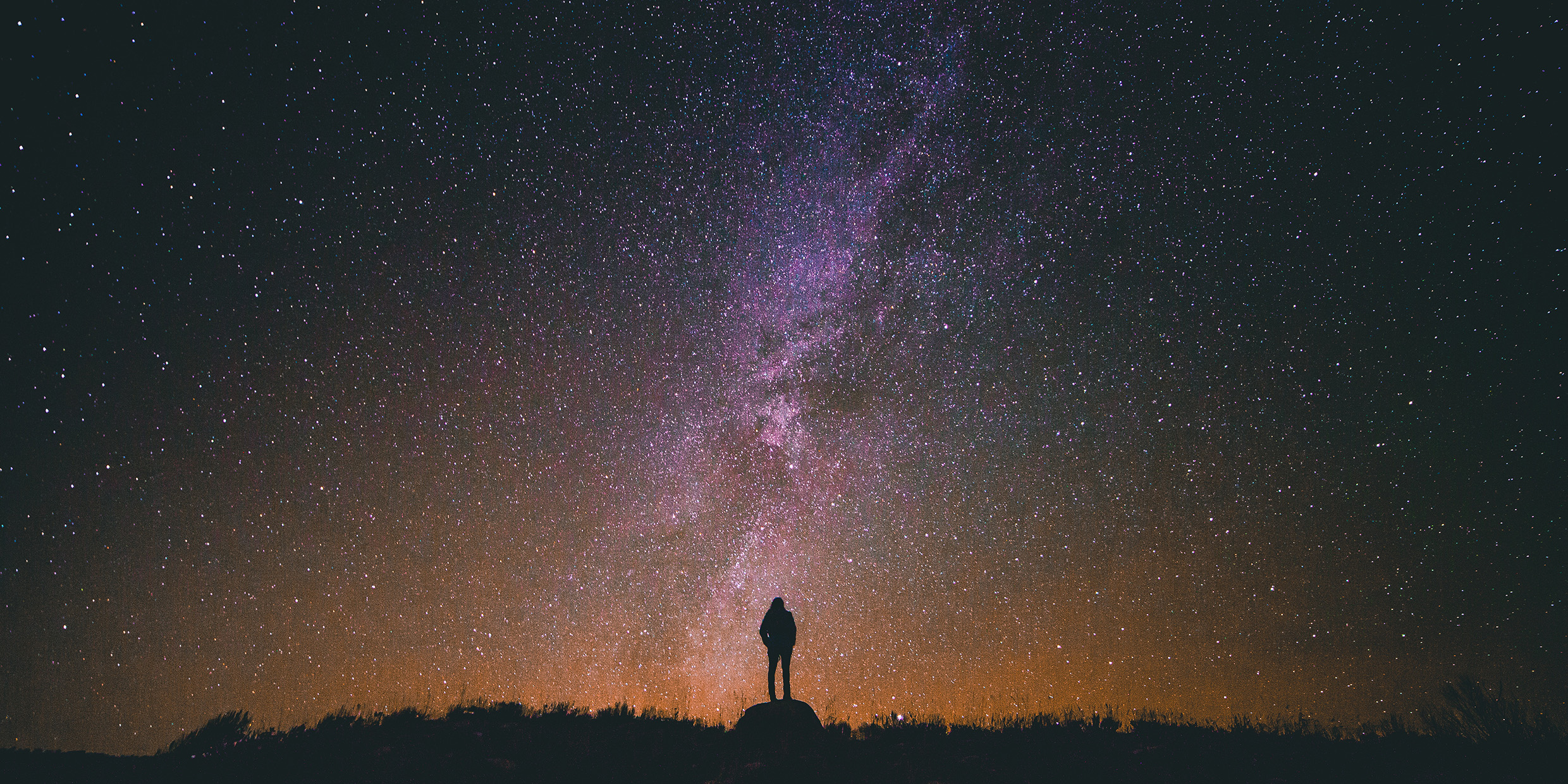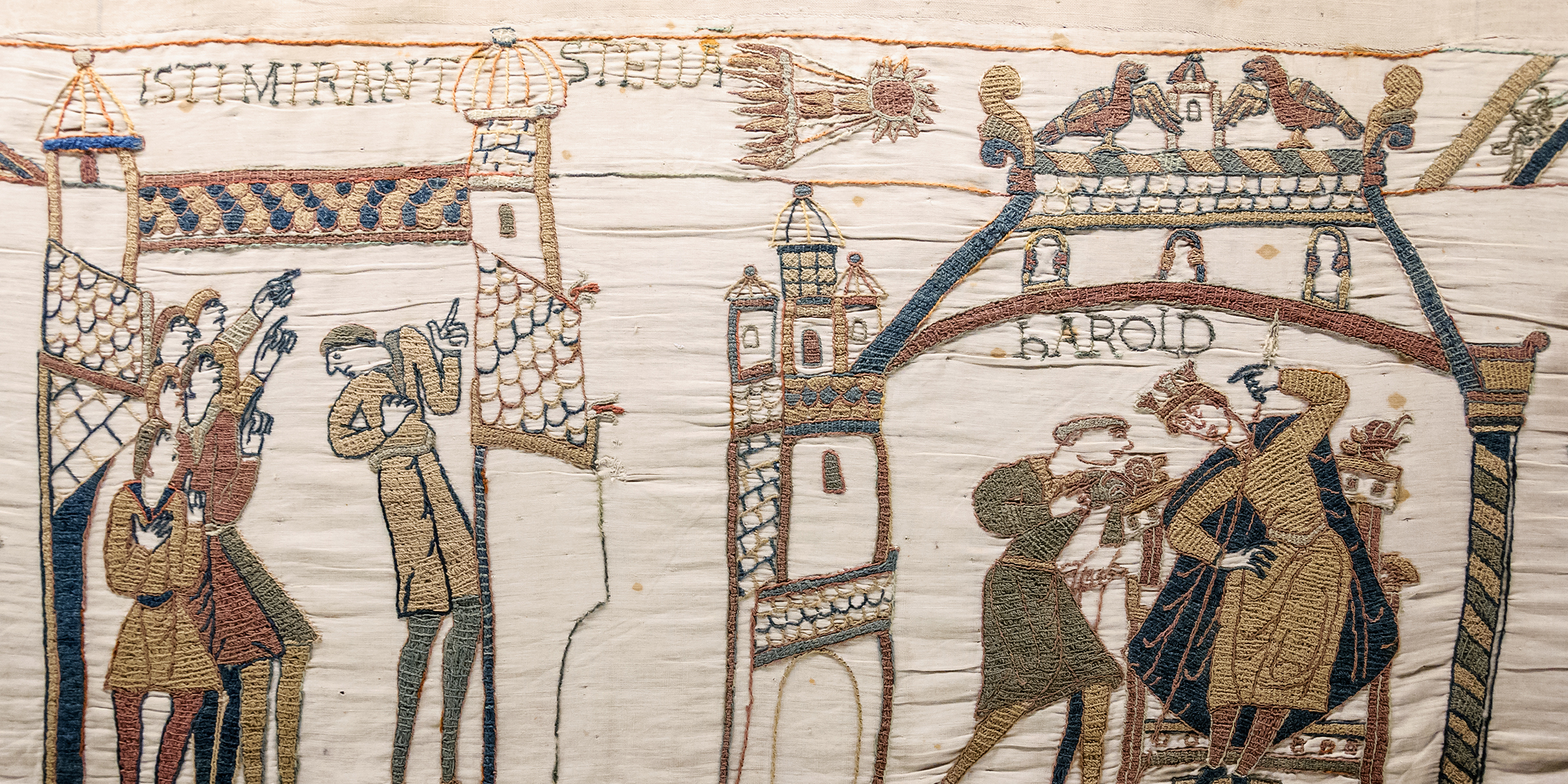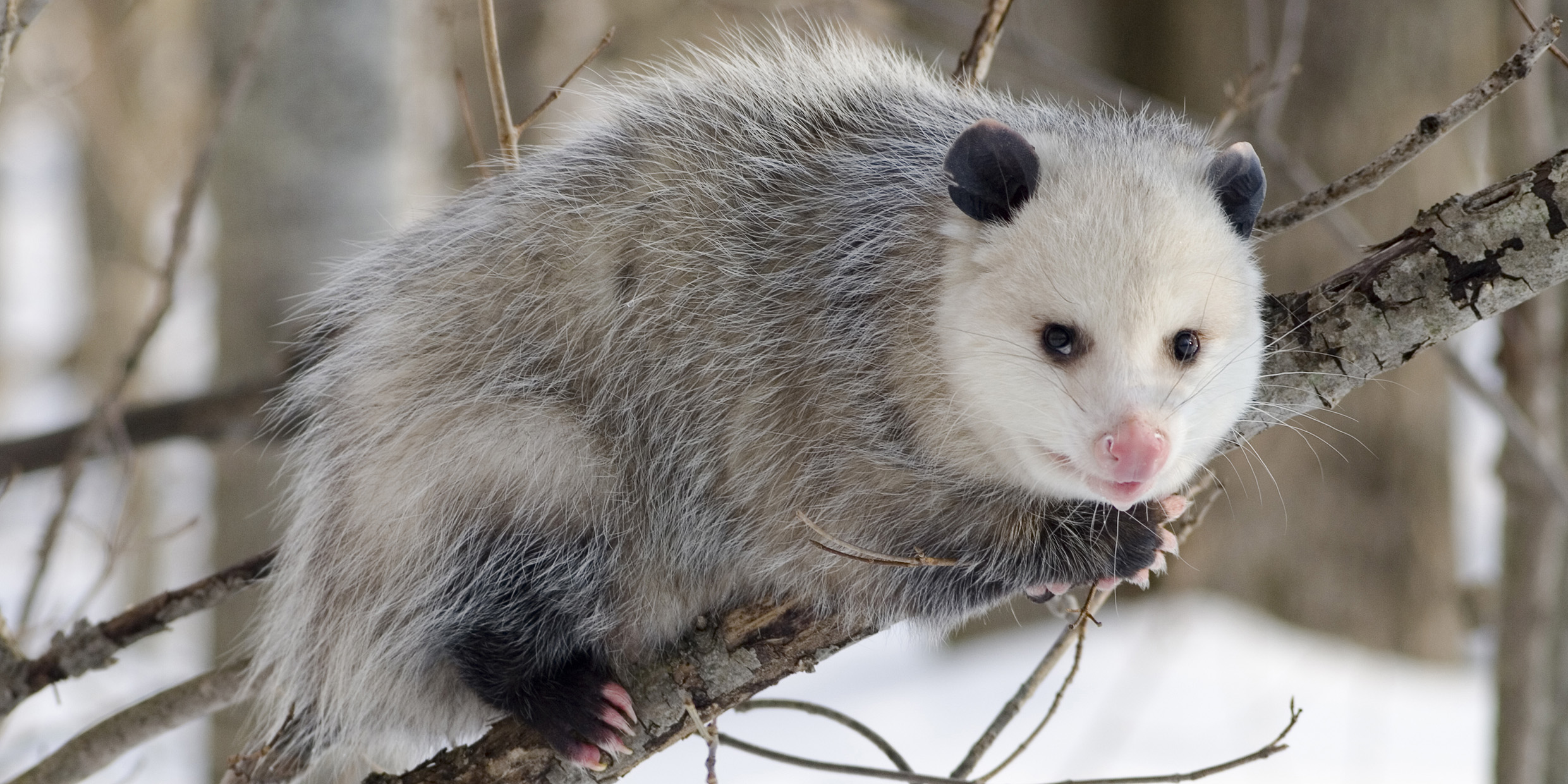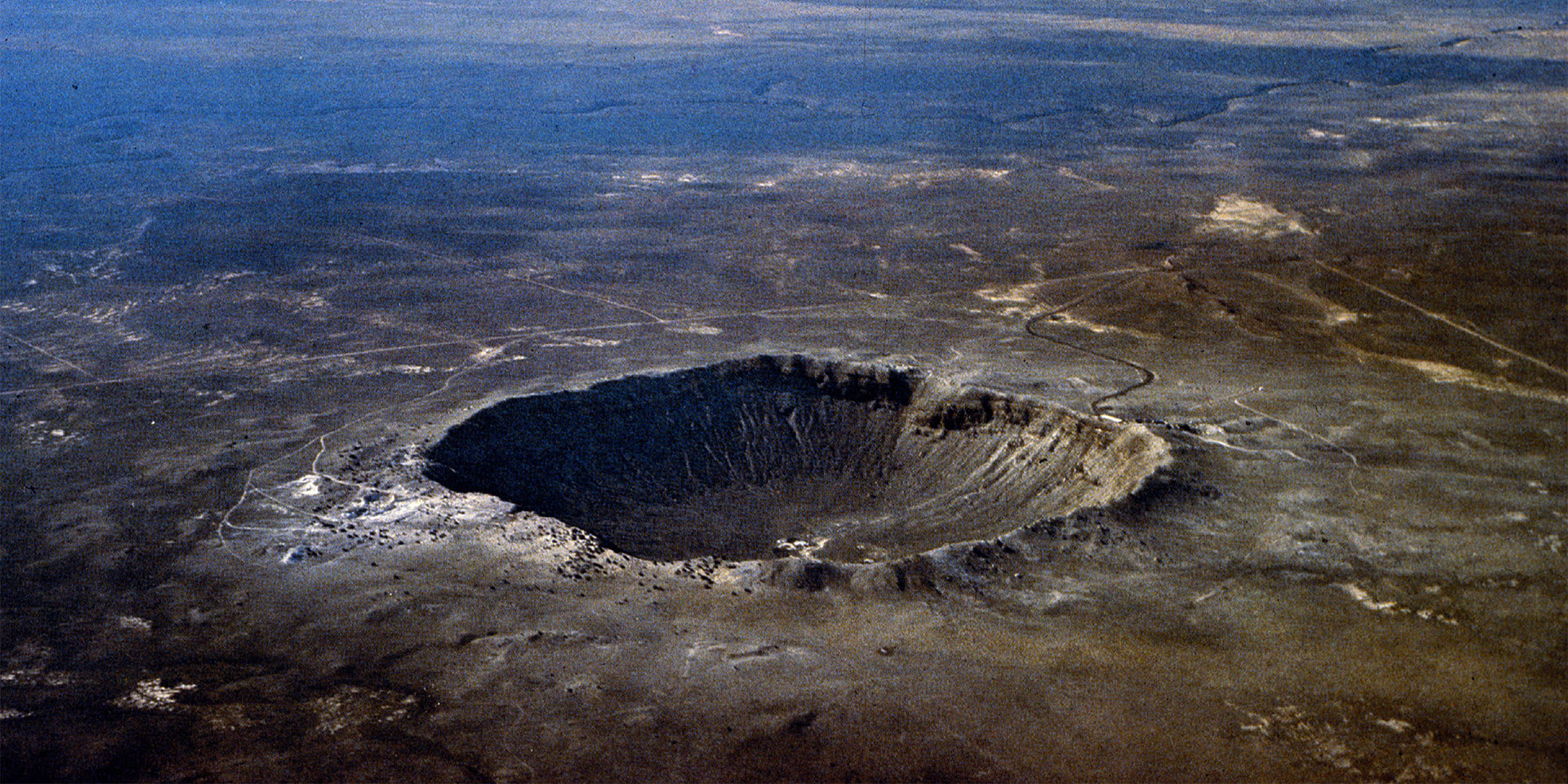In the beginning there was light. That is the conclusion of physicists who have attempted to reconstruct theoretically the first moments of the Universe.
Articles from June 2019
Novas: Brilliant destroyers of life?
One Friday evening in August of 1975, while working late, I heard a radio report of a new star in the constellation Cygnus the Swan. I rushed outside, where it took but an instant to recognize the intruder.
Feeling at home in the Milky Way
On the night of an August meteor shower, my son and I slept under the open sky. It was a night of exceptional clarity, far from the lights and haze of Boston. Meteors flashed against a background of stars so numerous the heavens seemed more light than dark.
Waiting for Halley’s
In 1948 Halley’s Comet turned the dark corner of its ellipse far out beyond the planet Neptune. Recorded only by the astronomers’ calculations, it leaned into its sunward curve, in the words of poet Ted Hughes, “like a skater on the thin ice of space.” Today it is gliding past the orbit of Saturn, gathering speed in its fall toward the sun.
Up from the pond
Life is almost as ancient as the earth itself. Precisely how, when and where life made its debut on planet Earth may never be known. But most contemporary scientists agree that the first living cells arose from spontaneous arrangements of non-living matter.
Consider the miracle of the wild columbine
For almost 20 years I have ranged the woods and fields near my home in eastern Massachusetts. Most of the plants and animals have become familiar friends. By paying close attention to the weather, I can predict almost to a day when the first red-wing blackbird will reappear along the brook, or when the first cinnamon fern will unfurl its fiddleheads near the pond. There is a pleasure in the familiar, in the recurring patterns of the seasons.
Stellar shock-wave: Maker of stars
On the evening of November 11 in the year 1572, the Renaissance astronomer Tycho Brahe, as was his custom, contemplated the stars in the clear evening sky. Suddenly he noticed, almost directly over his head, a new star, surpassing in brilliance all the others.
Exploring the birthplace of the stars
Orion the Hunter, the Giant, the pursuer of the Pleiades, is a familiar figure in the night sky. Even the neophyte stargazer will recognize the three bright stars of Orion’s belt, and the triad of stars that are the sword dangling at his hip. If the night is clear you might notice that the middle star of the sword lacks the sharp definition of the other stars. Binoculars will show that the “star” is not a star at all, but a blur of greenish light. Observatory photographs record a swirling drapery of luminous gas.
The possum’s progress
The possum is not an attractive domestic scavenger, having the scruffy, unkempt look of a Bowery bum and the reputation, probably deserved, of being stupid. Certainly the possum lacks the cuddlesome charm of its partner in backyard crime, the raccoon.
Did a meteorite destroy the dinosaurs?
The meteor was traveling through space at tens of thousands of miles per hour when it collided with the earth. It was as big as a house, weighed a hundred thousand tons, and blasted a hole in the ground the size of downtown Boston.









